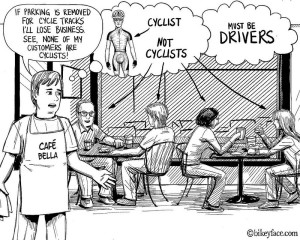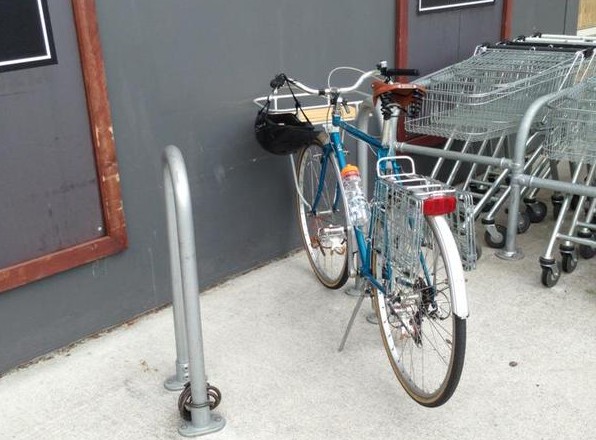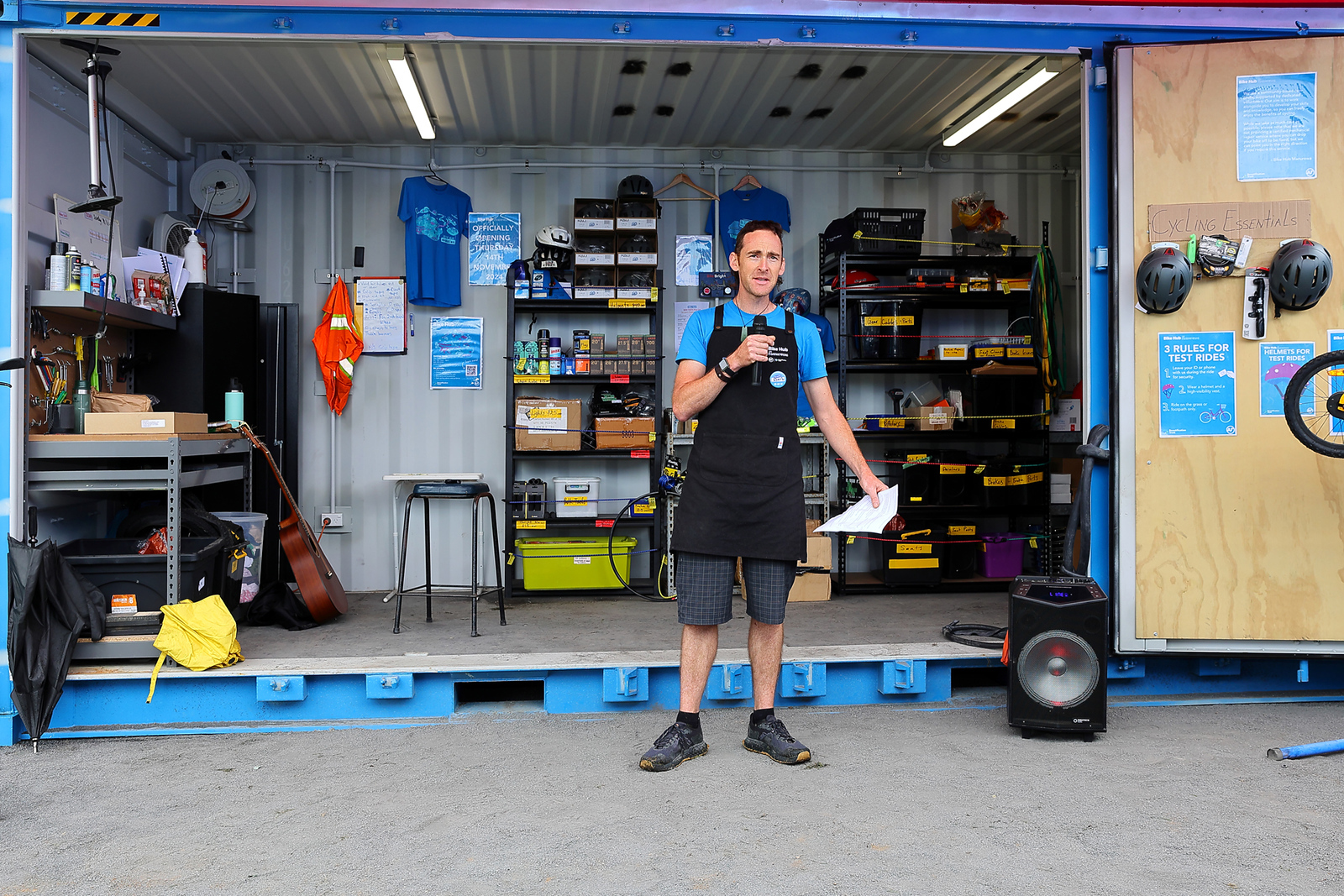
Of all the arguments in favour of encouraging city cycling, perhaps the hardest for some people to swallow is that bikes are good for business. Why? Because many business owners believe that parking and cars – rather than the people who arrive in cars – are the main source of their business.
Parking, in particular, is a sacred cow of epic proportions, and it’s an article of faith among some retailers that taking away parking spots to improve safe passage for people on bikes will result in the rapid decline of any nearby business.
But the research firmly says otherwise. This article looks at a recent collation of 12 studies on the effect of cycling infrastructure on local businesses. The actual real life case studies – from a variety of cities – show that removing space from cars in favour of bikes is at worst neutral, and at best positive, for business revenue.
They all reach a similar conclusion: replacing on-street parking with a bike lane has little to no impact on local business, and in some cases might even increase business. While cyclists tend to spend less per shopping trip than drivers, they also tend to make more trips, pumping more total money into the local economy over time. [my emphasis]
It must be acknowledged that these findings will mostly apply to local businesses near residential areas. I think it would be a stretch to argue that if, say, Wairau Park or Albany removed a large proportion of its parking and installed separated cycling lanes everywhere, people would suddenly start biking there from all over Auckland and businesses would immediately benefit. But that’s because those areas were built with only one travel mode in mind – the private car.
On the other hand, if those parking areas were replaced with 10 storey apartment blocks – as has been mooted for Sylvia Park – then suddenly you would see more people arriving on foot, on bikes, and via public transit (Sylvia Park already has a train station, remember!).
And in the meantime, if you look at most suburban high streets in Auckland, they were built around walking and public transport, namely trams. They’re often surrounded by relatively dense housing with a large catchment of customers within a 3km radius – a perfect walking or cycling distance. Many of the small local businesses that used to thrive in these areas, butchers, bakers and grocers, were slowly forced to shut down with the springing up of auto-centric shopping centres and big box stores, and the deterioration of the environment for local journeys other than by car.
Pick a high street in one of Auckland’s dense “villages”, add bike lanes, bike-stands, and – hey, what about a bike shop! – and watch the transformation unfold.
Again, this is backed up the studies mentioned before, a few of which looked specifically at Auckland, Wellington and Christchurch:
A survey of 1,744 shoppers and 144 retailers in nine shopping areas in these three New Zealand cities found that drivers did spend more money per trip than non-drivers, $47 to $34. But in central city locations, the gap between drivers and cyclists was only $4 per trip ($47 to $43, respectively). And non-drivers also spent more time in the shopping areas, suggesting that “the longer-term spending by sustainable users is likely to be higher than that of private vehicle users.” [my emphasis]
One thing I do dispute from the article is the statement:
Drivers tend to be wealthier than alternative transport users…
This may be true in developing countries, but if you look at Auckland and most other cities in the developed world, train and bike use in particular are often well represented in higher income groups. Not having to battle traffic is something of a luxury. Cycling in particular (especially cycling as a sport) is over-represented in higher income groups, although biking by lower income groups is often underestimated, as they are not as visible in the public eye. Indeed, a bike – even an electric one – can be a highly rational alternative to a spare car for people on tighter budgets, and any transport planning worth its salt would put this possibility at the centre of its thinking.
No-one is saying that cars will ever disappear from our streets, or that every journey can be catered for by public transport, walking or cycling. But we can aim for a city where most families feel that one car is sufficient for their transport needs. After all, the Netherlands has one of the highest rates of car ownership in Europe, while also being the world’s premier cycling country.
For those of us keen to improve the world for people on bikes, the (at first glance) counter-intuitive nature of some arguments in favour of expanding access to cycling can present a challenge. “Nobody does it.” “It’ll be bad for business.” Etc. That’s why this research on bikes and business is so heartening. Cycling advocates are sometimes accused of being out of touch with the real world and the average person, and arguments for the status quo tend to have the superficial ring of “common sense”.
However, when actual real world evidence is looked at, those “common sense” arguments fall over — and we can then tell the story of how reshaping our shared streets for greater transport choice means everybody wins.





